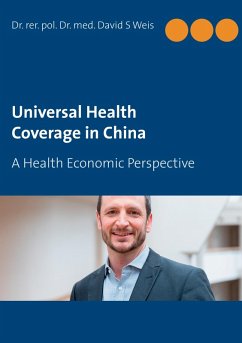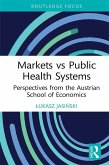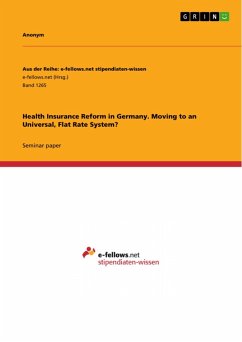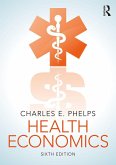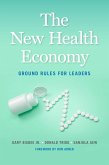This study investigates the situation of Universal Health Care (UHC) in China from a health economic perspective. The first chapter introduces the historical background, analyzes the relevance of UHC and sheds light on the current health insurance status. In this chapter a new holistic health insurance theory is proposed that allows the inclusion of preventive medicine. The second chapter introduces the "Definition and concept" consisting of three dimensions: Firstly, the height dimension with the leading question "What proportion of the costs is covered?". Secondly, the depth dimension that is concerned with the question "Which benefits are covered?". This chapter puts a special focus on the important economic role of non-communicable diseases. Thirdly, the breadth dimension which investigates the question "Who is insured?". The third chapter, looking at the first dimension, found a high but shrinking amount of out-of-pocket payments and catastrophic health payments. Comparing the payment and benefit distributions, it found the ability to pay principle and insufficient separation of health service payments from its consumption. The second dimension discovered problems concerning the roles of ministries, financing and the benefit package. Reforming these areas will be necessary to provide people with appropriate health care. The third dimension showed that migrant workers are exposed to more health risks, have less access to health care and a lower health status. The de facto coverage rate for the Chinese population (including migrant workers) was calculated to be 81.19% in 2011 and 82.16% in 2020. The goals of the Chinese Communist Party (90% in 2011 and nearly 100% in 2020) are hence not reached. The study closes with a "Summary and conclusion, a "Boundaries and discussion" and an "Outlook" section.
Dieser Download kann aus rechtlichen Gründen nur mit Rechnungsadresse in A, B, BG, CY, CZ, D, DK, EW, E, FIN, F, GR, H, IRL, I, LT, L, LR, M, NL, PL, P, R, S, SLO, SK ausgeliefert werden.
Hinweis: Dieser Artikel kann nur an eine deutsche Lieferadresse ausgeliefert werden.

